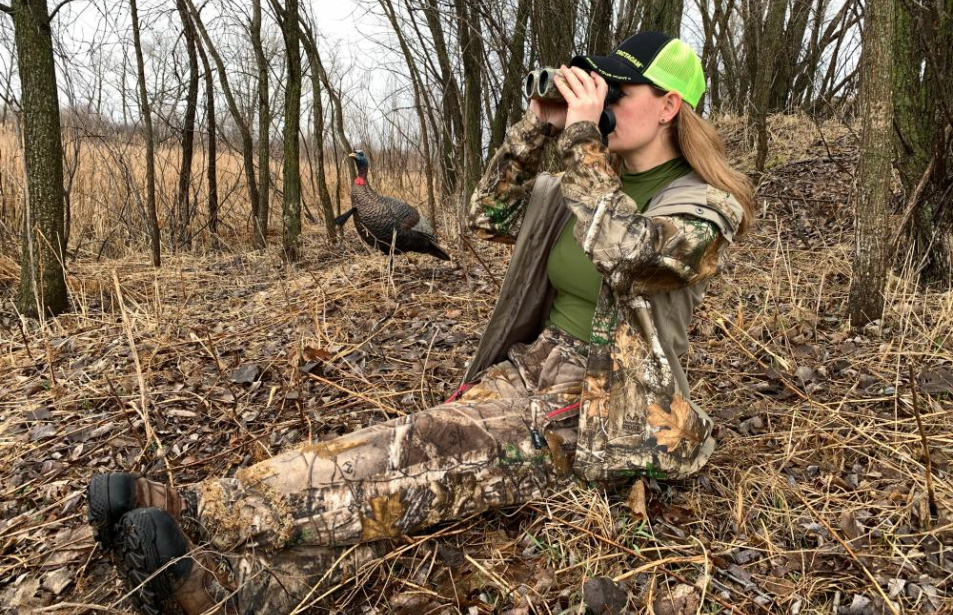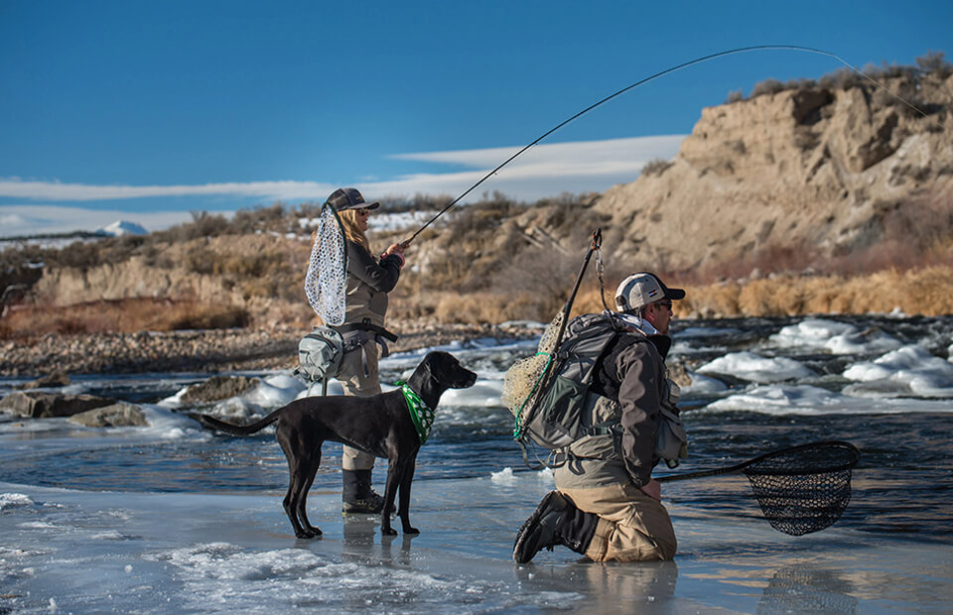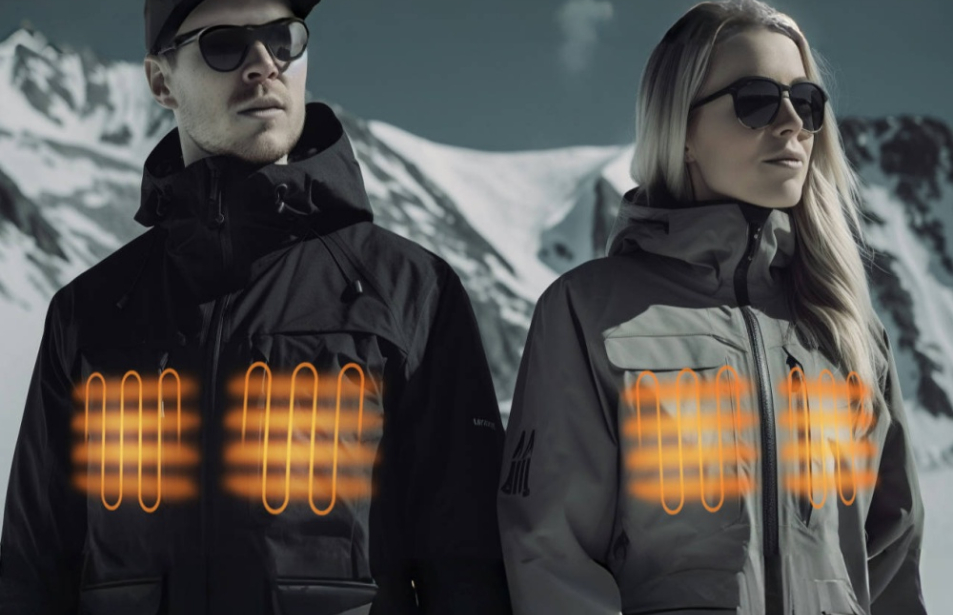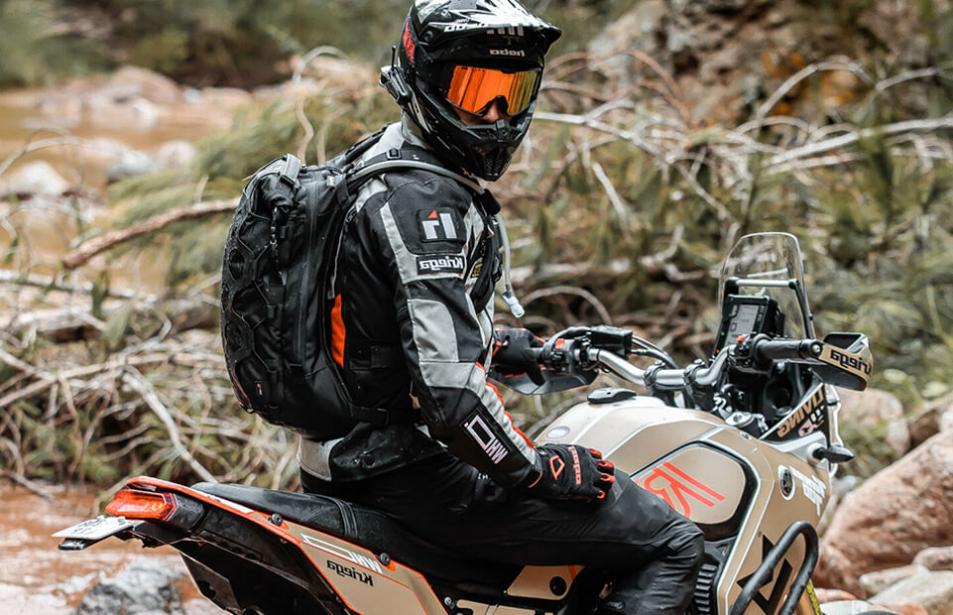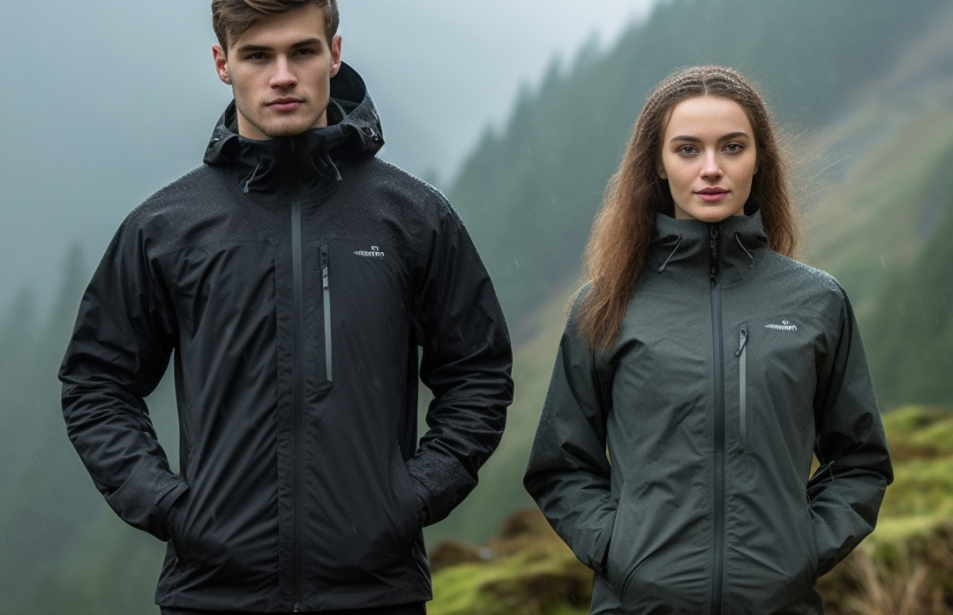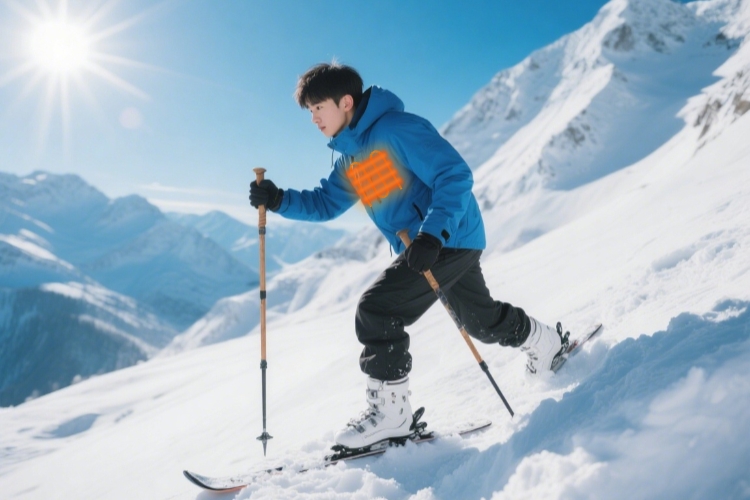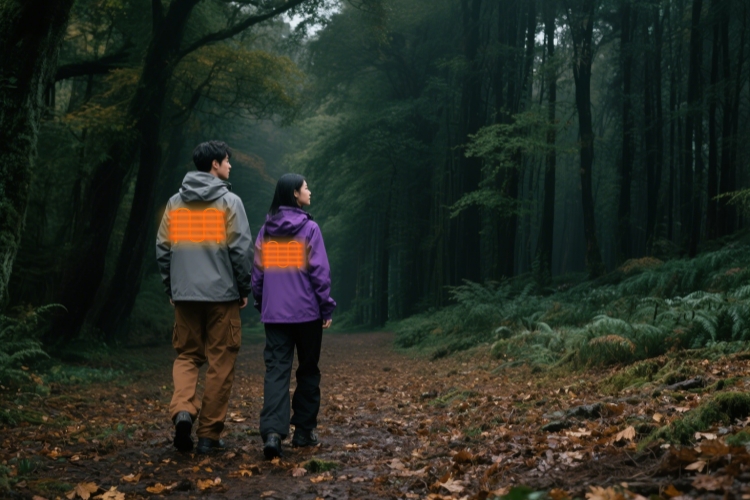Heated Ski Jackets: Main Disadvantages and Mitigation Tips
Heated ski jackets have become a game-changer for winter sports, offering adjustable warmth (100°F–140°F) via battery-powered elements to keep 85% of skiers comfortable in sub-zero conditions. Yet, their innovative design brings notable downsides that affect cost, usability, and practicality. This guide explores these drawbacks and provides actionable ways to address them, helping you make the most of this tech-driven gear.
1. What Makes a Heated Ski Jacket?
A heated ski jacket blends synthetic insulation (80–120 g/m²) with carbon fiber or wire heating elements (focused on the chest, back, and collar), powered by 5,000–10,000 mAh lithium-ion batteries. Key specs include:
Weather resistance: 10,000–20,000 mm waterproofing and 5,000–15,000 g/m²/24h breathability.
Runtime: 4–12 hours (depending on heat setting).
Weight: 1.5–2.5 kg (20–30% heavier than non-heated models).
Cost: $150–$600 (2–3x pricier than standard ski jackets).
Brands like BOWINS Garment, ORORO, and Columbia lead the market, but their complexity introduces unique challenges.
2. Primary Disadvantages of Heated Ski Jackets
2.1 High Costs and Ongoing Expenses
Priced at $150–$600, they’re significantly costlier than non-heated alternatives ($50–$200). Add in replacement batteries ($20–$50 every 1–2 years), proprietary chargers ($10–$30), and repairs ($50–$150 for wiring issues), and long-term costs rise further. For 65% of casual skiers, this makes them an impractical investment (Snowmagazine, 2024).
2.2 Battery Limitations in Extreme Conditions
Battery life (4–12 hours) drops by 20–30% in cold (-10°C to -20°C) or high altitudes, leaving 30% of skiers with dead batteries mid-session. Recharging takes 4–8 hours, and 70% of models use non-universal chargers, complicating multi-day trips (Backcountry.com, 2024).
2.3 Added Weight and Reduced Mobility
At 1.5–2.5 kg, they’re 20–30% heavier than standard jackets, cutting agility by 10–15%—critical for dynamic skiing. Bulky battery packs (200–300 g) and wiring also restrict movement, with 20% of users reporting discomfort during active use (Amazon Reviews, 2024).
2.4 Complex Maintenance Needs
Most require battery removal before washing (adding 5–10 minutes to upkeep), and machine washing damages 10–15% of heating elements. Batteries must be stored at 40–60% charge (15–25°C) to avoid 20% annual capacity loss, and wiring is prone to damage from folding (25% of users report this) (SkiGearReviews, 2024).
2.5 Technical Failures and Warranty Gaps
10–15% of jackets develop heating element or wiring issues within 2 years, often due to wear at seams. Extreme cold (-20°C) raises failure rates by 15%, and most 1–2-year warranties exclude wear-and-tear, leaving 60% of issues uncovered (ORORO.com, 2024).
2.6 Environmental Concerns
Manufacturing uses 30–40% more energy than standard jackets, and battery production emits 74 kg CO₂/kWh. Only 5% of lithium-ion batteries are recycled globally, with 95% ending in landfills and risking contamination (EPA, 2024).
2.7 Limited Versatility
Designed for -20°C to 0°C, they overheat in mild weather (>5°C) for 20% of users. Bulky designs make them unsuitable for hiking or urban use, limiting value for 60% of owners (OutdoorGearLab, 2025).
2.8 Reliance on Power Sources
No backup warmth option leaves users vulnerable if batteries fail—10% of backcountry skiers report hypothermia risks. Charging infrastructure is scarce at 70% of resorts, forcing spare battery carry ($30–$50) (Snowmagazine, 2024).
3. How to Address These Issues
3.1 Managing Costs
Opt for mid-range models (e.g., ActionHeat, $150–$200) to get 90% of premium features. Buy batteries in bulk to save 10–15%, and choose 2-year warranties (ORORO) to cover 80% of issues.
3.2 Extending Battery Life
Use low heat (100°F) to double runtime; insulate batteries in cold. Carry a 10,000 mAh power bank ($20–$30) for 4–6 hours of backup.
3.3 Simplifying Maintenance
Remove batteries and hand-wash to cut damage risk by 95%. Store jackets in cool, dry conditions with 40–60% battery charge, and inspect wiring yearly.
3.4 Reducing Environmental Impact
Recycle batteries via certified programs (e.g., Call2Recycle) to slash landfill waste by 90%. Choose brands with 50% recycled materials (e.g., Patagonia).
3.5 Boosting Versatility
Pick hybrid models with removable heating elements (e.g., Columbia Omni-Heat) for multi-season use. Pair with breathable base layers to improve comfort in milder weather.
4. Conclusion
Heated ski jackets excel at keeping skiers warm in extreme cold but come with trade-offs: high costs, battery limits, bulk, and environmental impacts. For frequent skiers in harsh climates, they’re a valuable tool—when paired with smart battery management and maintenance. For casual users or mild conditions, traditional jackets often offer better value.
By aligning your needs (usage frequency, climate, budget) with these insights, you can decide if a heated ski jacket is right for you. For tailored options, reach out to OEM/ODM brands like BOWINS Garment.
